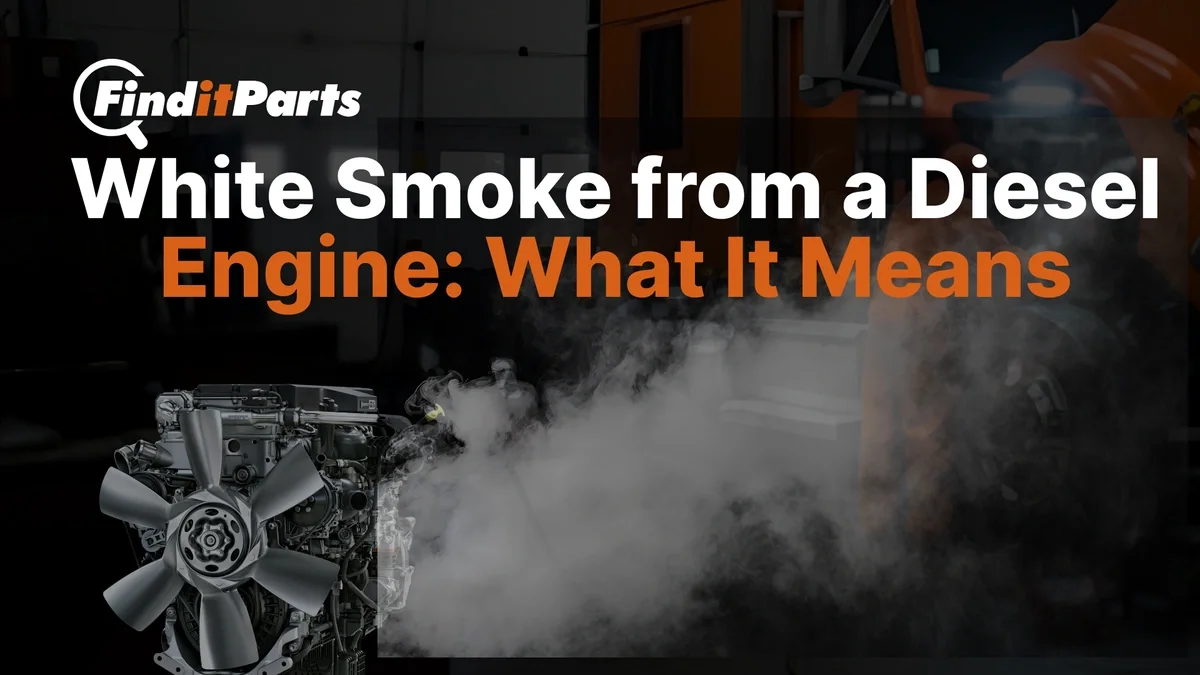Need help? We're here!
(888) 312-8812 Login SignupVMRS Can Help Fleets Understand Their Parts Needs
April 11, 2022

A universal language that everyone can understand makes communication easier. That is the goal of the Technology & Maintenance Council’s Vehicle Maintenance Reporting Standards, known better as VMRS. According to a TMC brochure, these standards “create a single, concise method to manage fleet assets and analyze maintenance operations and costs.”
The brochure outlines how VMRS creates a single process to:
- Document when, why and how maintenance is performed,
- Improve equipment and parts inventory control,
- Identify were money is spent,
- Help control costs and create greater efficiency, and
- Manage a wide variety of equipment.
If you are not familiar with VMRS, it is a series of codes that define the type of equipment being worked on, the labor tasks used to complete the repair, parts descriptions and manufacturer/supplier/brand codes. There are more than 34,000 codes describing individual parts. According to TMC, “These codes do not replace the manufacturer’s part numbers, but rather provide one standard item number to describe the part regardless of manufacturer.” For example, code 043-001-053 is a diesel particulate filter. There also are more than 11,000 listings used to identify manufacturers, suppliers and brands.
By analyzing the VMRS coded maintenance and repair data, fleets gain insights into what parts they are replacing or repairing and at what frequency. They can see failure patterns by part type and/or by brand. They can use this information to evaluate spec’ing decisions as well as to evaluate parts durability by manufacturer and brand.
The data can also help fleets determine proper stocking levels and allow them to work with their parts suppliers to ensure they have enough parts on hand to meet the fleet’s needs.
During this time of supply chain shortages any intelligence fleets can gather on their parts usage can be turned into a competitive advantage. VMRS is one way to help fleets better manage their parts needs and their maintenance and repair operations.



